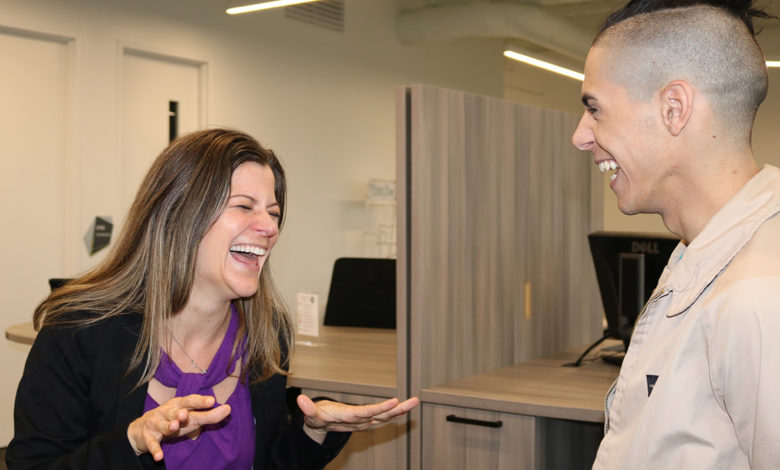
“No one wants to hear about my time abroad. It’s always ‘How was Africa?’ and then they talk about their favorite TV series or the new restaurant they tried. It’s like they don’t even care,” my friend and fellow Peace Corps volunteer, Lisa, complained to me.
We were having our usual lunch of rice and beans and comparing notes from our travels home. It was January 2004, and we had both recently returned to Tanzania after spending the Christmas holiday in the U.S. visiting family and friends.
“Huh, that hasn’t been my experience. I’ve spoken at the Rotary club, the high school, and the church. People were very curious. They had tons of questions.” I paused, then asked, “What did you tell them about life in Tanzania?”
“Just the truth,” Lisa said. “That we ate rice and beans twice a day and had to carry water to our homes because there’s no indoor plumbing. What did you tell them?”
With a smile, I replied, “About big butts.”
Allow me to explain. Swahili is a national language of Tanzania. The Swahili word for butt is “matako.” Now, matako is a very fun word – it sounds like “my taco.” And since most people enjoy tacos, it usually gets a chuckle when I translate it.
But Swahili also has a special word for big booties. That word is “wo-wo-wo” (pronounced “whoa-whoa-whoa”). Wo-wo-wo perfectly encapsulates the essence of a big booty. It resonates with people. Therefore, I began all my speeches about my time in Tanzania by telling the audience about big butts.
I think the crowd typically expected some doom and gloom story about a life of hardship and sacrifice. Instead, they received a lesson in saying “big booty” in Swahili. Every time I delivered this intro, the room would break into laughter. Everyone would say wo-wo-wo and point at each other. The point is big butts bring people together.
After that, I talked about my work as a high school teacher, daily life in a remote African village, and what it was like to have limited electricity and no indoor plumbing. They cared because they were already connected. Their interest and engagement was sparked from the moment that they first laughed.
How we tell our stories determines whether we are heard or ignored, understood or misinterpreted, appreciated or dismissed. But there’s an extra challenge. We are bombarded with advertisements all day, every day. Through technology and social media, it’s easier than ever to share pictures, blog posts, or videos. We’re constantly surrounded by content. In a world of people trying to grab your attention to serve their own agenda, we’ve grown accustomed to blocking it out.
If you have a message that you want to share, don’t despair. There are still things we yearn for. We all want to be inspired, and we crave connection. If you have something to say, don’t just add to the noise. Craft your message so that it resonates with the audience. In my experience, there’s a knack (NAC) to creating an attention-grabbing introduction:
- New: Give the audience something fresh and original. Using humor or creativity to hook the audience’s attention is key.
- Authentic: If you’re not genuinely interested in what you’re saying, recognize that other won’t be either.
- Challenge Expectations: When you’re aware the audience may have their own preconceptions about your topic, give them something they don’t expect. Many times, the best punch line is the one that we don’t see coming!
Jacquelyn Adams, an IEEE Senior member, is a nationally-recognized leader in employee learning and development. Jacquelyn is the CEO and Founder of Ristole, a consulting business that transforms corporations through engaging employee training. Find more of her Lessons on Leadership columns here.






